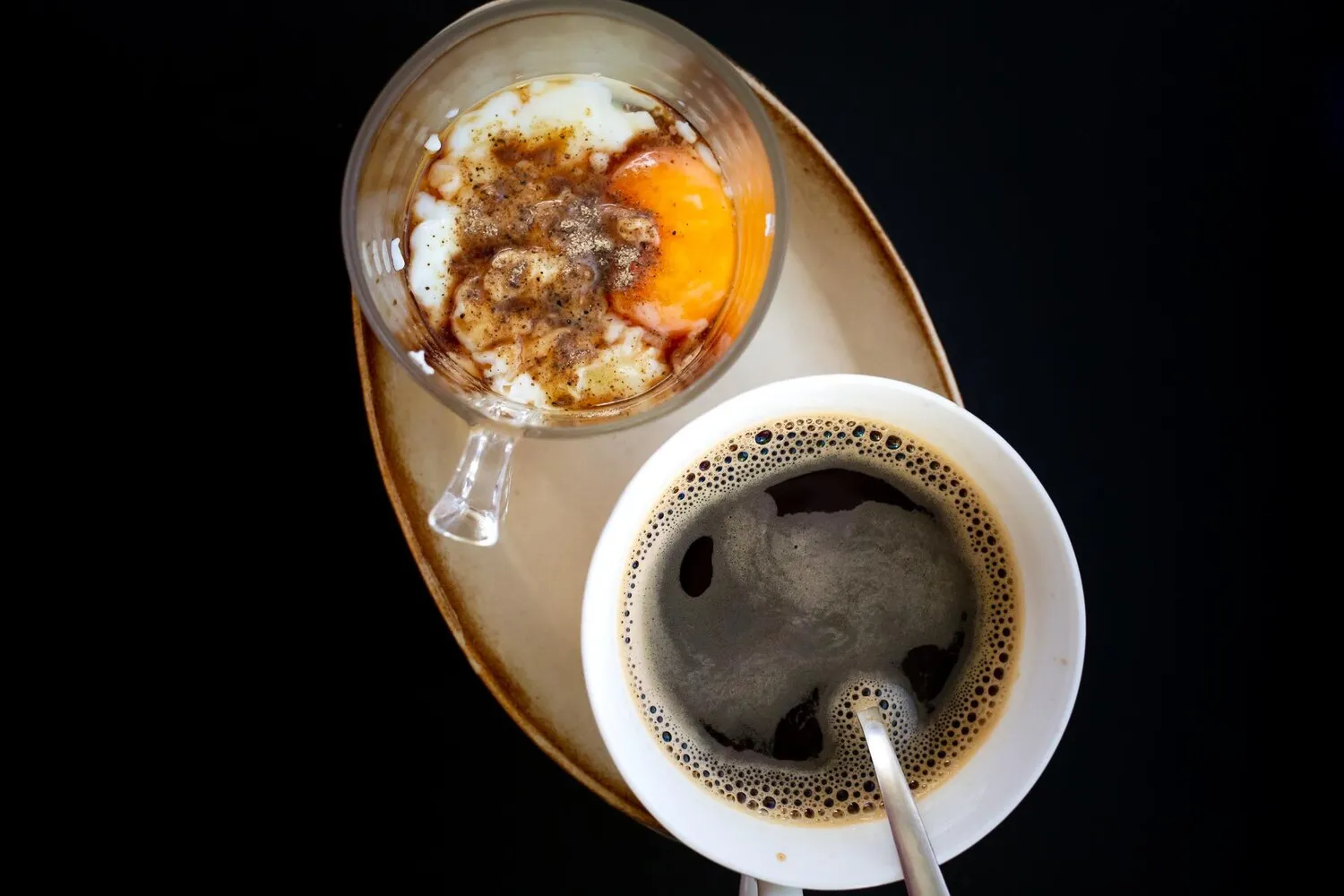
Latte Macchiato
A coffee beverage that is composed of hot milk 'marked' with an espresso shot
Nutrition Facts
* The % Daily Value (DV) tells you how much a nutrient in a serving of food contributes to a daily diet. 2,000 calories a day is used for general nutrition advice.
The Latte Macchiato emerged as a variant of the Caffè Latte, likely intended to be a milder, less coffee-forward drink, especially suitable for children or those sensitive to caffeine. It's a more recent creation than other classic Italian coffee beverages.
The Latte Macchiato, while a relatively modern invention, has become a globally recognized coffee beverage, often associated with coffee shops and a more casual coffee-drinking experience. Its layered appearance and customizable nature contribute to its popularity.
Coffee Culture Integration
The Latte Macchiato is a staple in coffee shop menus worldwide, embraced for its approachable flavor and appealing visual presentation. It's often seen as a gateway drink for those new to espresso-based beverages.
Customization and Variations
The drink's simple base allows for easy customization with flavored syrups, different types of milk (almond, soy, oat), and toppings like caramel drizzle or cocoa powder, reflecting individual preferences and regional trends.
The Latte Macchiato presents a layered flavor profile, starting with the creamy sweetness of the milk, followed by a burst of rich espresso, and finishing with a subtle lingering coffee aftertaste.
The primary flavor is the sweet, smooth taste of steamed milk, often complemented by a light foamy texture. The espresso shot adds a bold, concentrated coffee flavor that cuts through the milk's sweetness, creating a contrasting and appealing taste. The quality of both the milk and the espresso significantly impacts the final flavor profile. Some variations may include flavored syrups for added sweetness and complexity.
Layering Technique
Pour the steamed milk into the glass first, allowing it to settle. Then, gently pour the espresso shot over the milk, aiming for the center. This creates the characteristic 'marked' or 'stained' effect, with the espresso floating on top.
Milk Temperature
Ensure the milk is properly steamed and heated to around 140-160°F (60-70°C) for optimal sweetness and texture. Overheating the milk can scorch it and alter the flavor.
Espresso Quality
Use a high-quality espresso roast and a well-pulled shot for the best flavor. The espresso should be fresh and aromatic to complement the milk's sweetness.
Explore additional Coffee dishes and restaurants
Explore CoffeeDiscover top dining spots and culinary experiences in Innsbruck.
Explore InnsbruckLearn more about the food culture, restaurant scene, and culinary heritage of Austria.
Explore Austria